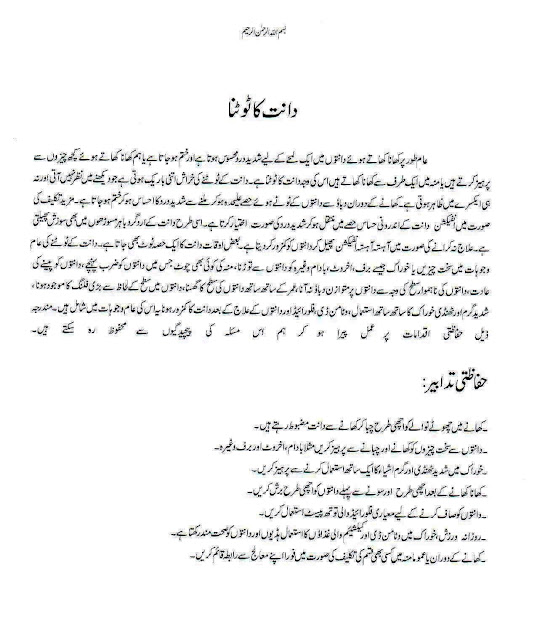A very common problem felt by almost all of us is
Cracked Tooth. We feel sharp pain on biting or chewing which quickly disappears
and we ignore it. We avoid certain foods or chew on one side of mouth. It is a
very familiar feeling and habit which we come across. A crack in the tooth does
not shows up even on X-rays. Chewing hard objects or foods such as breaking
ice, nuts or hard candy, accident like blow to mouth, grinding and clenching
teeth, un-even chewing pressure, stress on tooth, loss of significant portion
of tooth structure through wear or caries, large fillings or other dental
restorations, exposure of tooth enamel, temperature extremes such as eating hot
and cold foods together, brittleness of teeth after root canal treatment or
fluoride and vitamin-D deficiency. The crack is very difficult to locate as the
crack may appear as a hair-line fracture running vertically around the tooth
which is often invisible to the eye and X-rays. Sensitivity to hot, cold,
sweet, sour or sticky foods and pain on chewing helps to locate the cracked
tooth. The pain in cracked tooth is due to pressure during chewing which opens
and quickly closes the crack resulting in sharp pain. Tiny cracks are normal
and usually do not cause problem. The crack may communicate with the sensitive
pulp inside resulting in persistent pain and infection in the tooth and gums
around the tooth. The larger crack may result in broken tooth. The following
preventive simple measures provide relief and permanent cure;
CARE OF CRACKED TOOTH:
CARE OF CRACKED TOOTH:
- Always take small food bites and chew well slowly.
- Avoid breaking hard objects with teeth such as almonds, walnuts, ice etc.
- Avoid very hot and cold foods at same time.
- Brush your teeth well after each meal and especially before going to bed.
- Use fluoride containing toothpaste for brushing as calcium fluoride is vital for tooth strength.
- Regular exercise, adequate Sun-exposure, Vitamin-D and Calcium rich diet keeps the teeth and bone healthy.
- Immediately consult for pain on chewing, temperature sensitivity or any other abnormality felt in mouth during eating or otherwise. Consult PTCL Medical Team for any further assistance.


0 comments:
Post a Comment